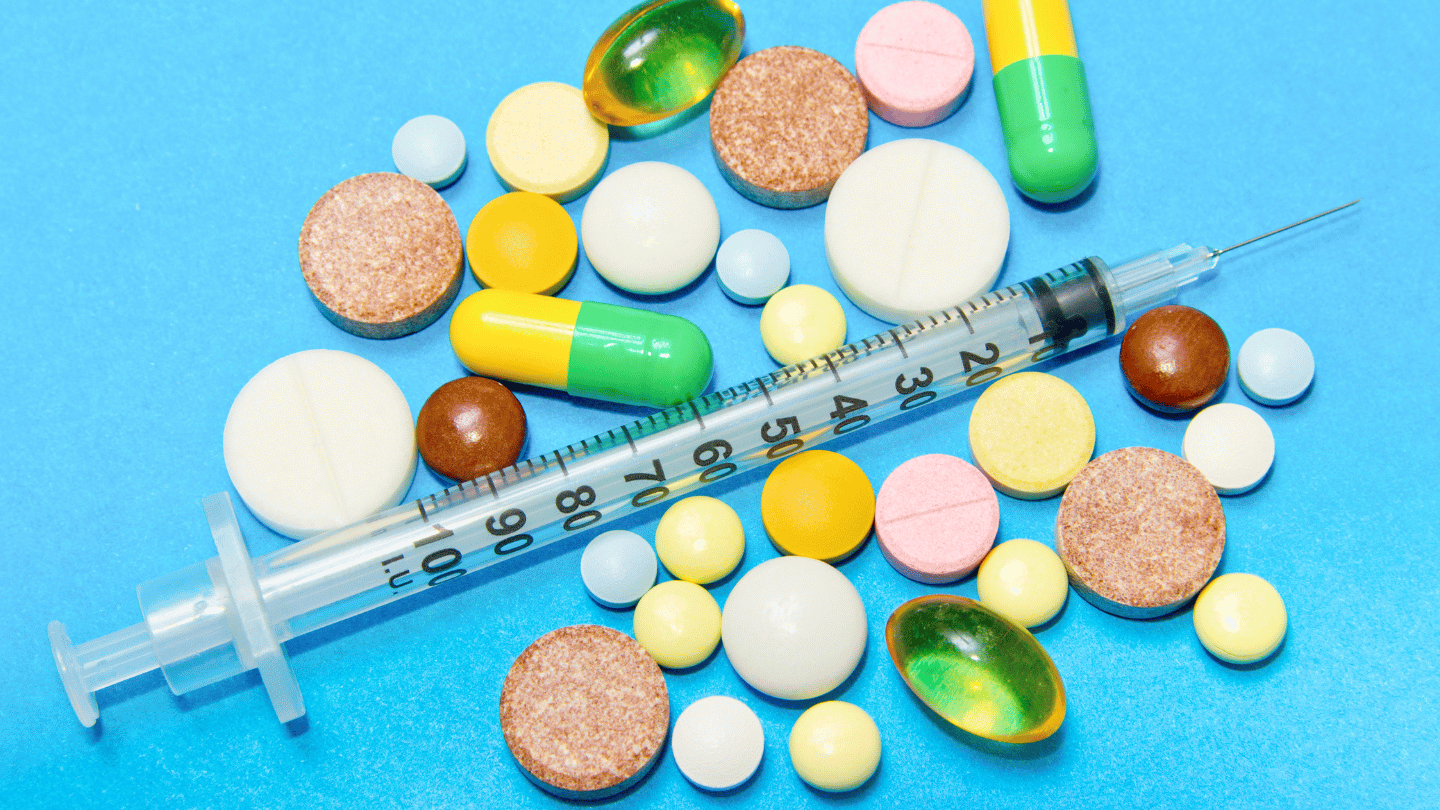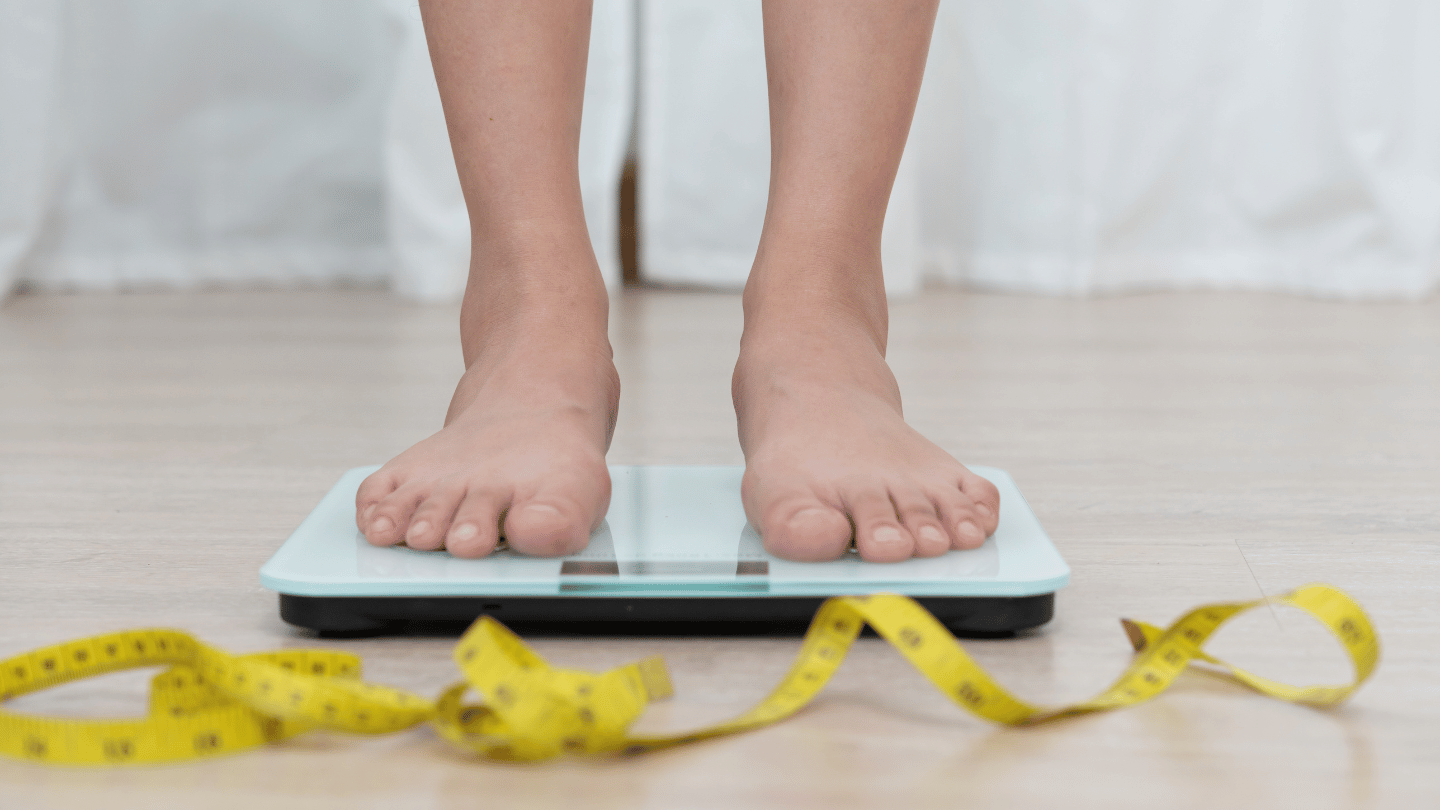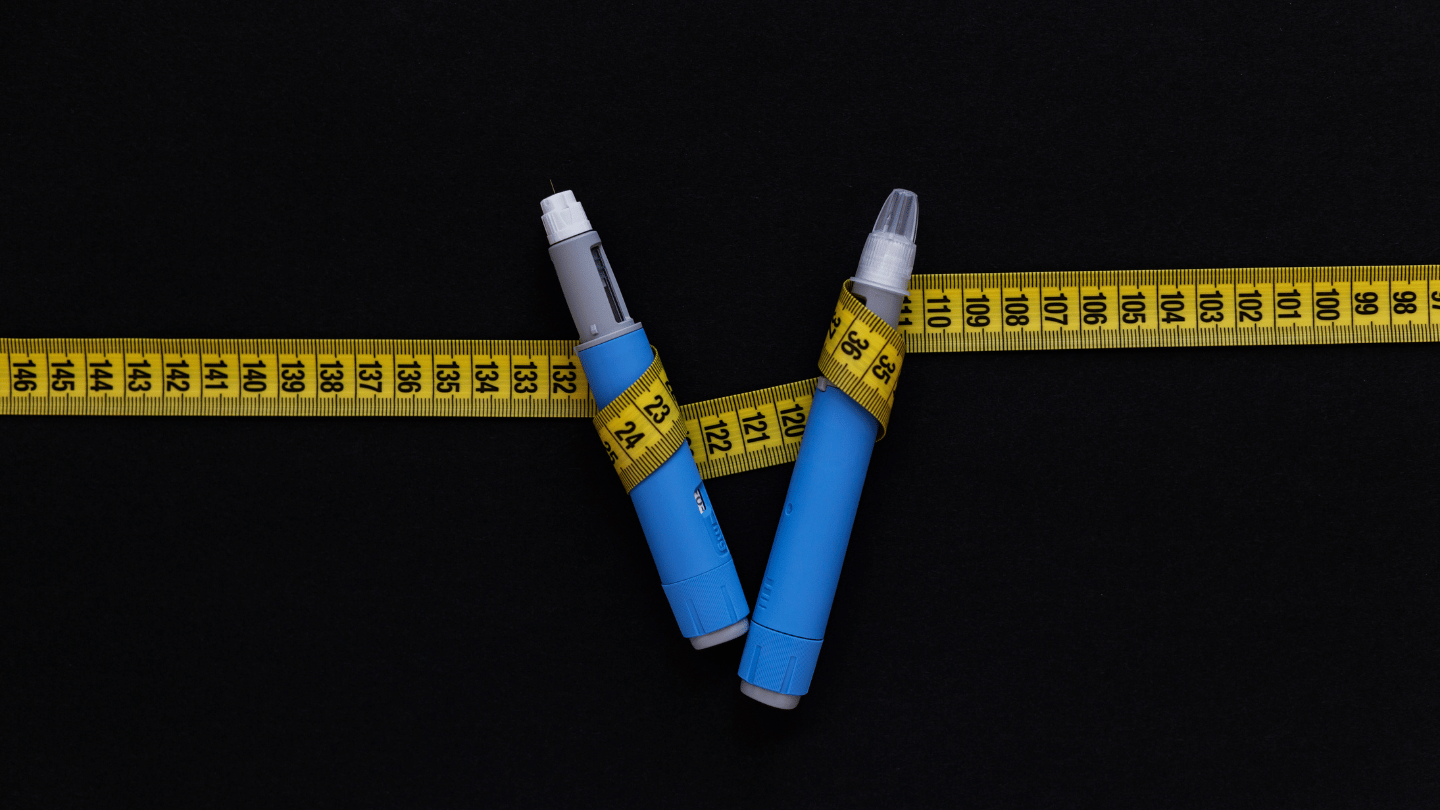Suboxone is a revolutionary medication for many people battling opioid addiction and opioid use disorder (OUD), helping them regain control over their lives. However, like any medication, it comes with its own challenges, including the potential for withdrawal symptoms when stopping use. If you’re wondering, “How long does Suboxone withdrawal last?” you’re not alone.
This article will guide you through what to expect during withdrawal, how long it typically lasts, and how to manage symptoms effectively.
What is Suboxone Withdrawal?
Before diving into the timeline, it’s essential to understand what Suboxone withdrawal is. Suboxone contains buprenorphine, a partial opioid agonist, and naloxone, an opioid antagonist. While it’s designed to reduce cravings and ease withdrawal symptoms from other opioids, stopping Suboxone can lead to withdrawal symptoms of its own.
This is because your body has become used to the medication’s presence, and when it’s removed, it takes time to adjust.
How Long Does Suboxone Withdrawal Last?
The duration of Suboxone withdrawal can vary significantly from person to person based on several factors, including how long you’ve been taking the medication, your dosage, and your overall health.
However, most people experience a withdrawal timeline that looks something like this:
1. Early Withdrawal (First 24-72 Hours)
- Symptoms: Anxiety, restlessness, sweating, and mild physical discomfort.
- What’s Happening: This phase begins about 24-36 hours after your last dose. Since Suboxone has a long half-life (the time it takes for half of the drug to leave your system), withdrawal symptoms start more slowly compared to other opioids.
2. Peak Withdrawal (Days 3-7)
- Symptoms: Muscle aches, insomnia, nausea, diarrhea, and intense cravings.
- What’s Happening: This is typically the most challenging phase of withdrawal. Symptoms peak during this period, making it the hardest to endure. The intensity varies from person to person but can be managed with proper support and treatment.
3. Late Withdrawal (Days 8-14)
- Symptoms: Continued insomnia, mood swings, fatigue, and cravings, though less intense.
- What’s Happening: Symptoms begin to taper off, but you might still feel fatigued and have trouble sleeping. Emotional symptoms, such as anxiety or depression, may persist during this phase.
4. Post-Acute Withdrawal Syndrome (PAWS) (Weeks to Months)
- Symptoms: Emotional challenges, difficulty concentrating, intermittent cravings.
- What’s Happening: For some, mild symptoms can linger for weeks or even months after stopping Suboxone. This is known as Post-Acute Withdrawal Syndrome (PAWS). These symptoms are generally more psychological than physical and can include mood swings, anxiety, and occasional cravings.
Factors That Affect Withdrawal Duration
Not everyone will experience withdrawal in the same way. Several factors can influence how long Suboxone withdrawal lasts:
- Duration of Use: The longer you’ve been taking Suboxone, the more time your body may need to adjust during withdrawal.
- Dosage: Higher doses of Suboxone can lead to more prolonged withdrawal symptoms.
- Individual Physiology: Each person’s body responds differently to withdrawal. Factors like metabolism, overall health, and genetics play a role.
- Tapering Off: Gradually reducing your Suboxone dose under medical supervision can significantly ease withdrawal symptoms and shorten the duration.
How to Manage Suboxone Withdrawal Symptoms
While Suboxone withdrawal can be uncomfortable, there are several strategies to help manage symptoms and make the process more bearable:
1. Tapering
- What It Is: Gradually reducing your dosage under the guidance of a healthcare provider.
- Why It Helps: Tapering allows your body to slowly adjust to lower levels of Suboxone, reducing the severity of withdrawal symptoms.
2. Supportive Care
- What It Is: This includes staying hydrated, eating nutritious foods, and getting plenty of rest.
- Why It Helps: Your body needs extra care during withdrawal. Proper nutrition and hydration can help alleviate symptoms like fatigue and nausea.
3. Medications
- What It Is: Certain medications can help manage specific withdrawal symptoms, such as anti-nausea drugs or sleep aids.
- Why It Helps: These medications can make the withdrawal process more comfortable and less disruptive to your daily life.
4. Counseling and Support Groups
- What It Is: Professional counseling or joining a support group.
- Why It Helps: Emotional support is crucial during withdrawal. Talking to a counselor or others who’ve been through similar experiences can provide comfort and encouragement.
When to Seek Professional Help
If you’re considering stopping Suboxone or are in the middle of withdrawal, it’s essential to do so under the supervision of a healthcare provider. Abruptly stopping Suboxone without medical guidance can lead to more severe withdrawal symptoms and increase the risk of relapse.
At QuickMD, we understand the importance of professional guidance in your recovery journey. We offer online consultations with experienced providers who can help you safely taper off Suboxone, manage withdrawal symptoms, and provide ongoing support. You don’t have to go through this process alone—professional help is just a click away, ensuring you feel supported and guided every step of the way.
Conclusion: Suboxone Withdrawal is Temporary, and Help is Available
While Suboxone withdrawal can be challenging, it’s crucial to remember that the discomfort is temporary and manageable with the right approach. Understanding what to expect and having a plan in place can make all the difference, instilling a sense of hope and reassurance in your journey to recovery.
Wondering how to manage Suboxone withdrawal? Schedule a consultation with QuickMD today. Our providers are here to guide you through every step, ensuring you have the support you need to succeed. Your journey to recovery is within reach, and we’re here to help.














